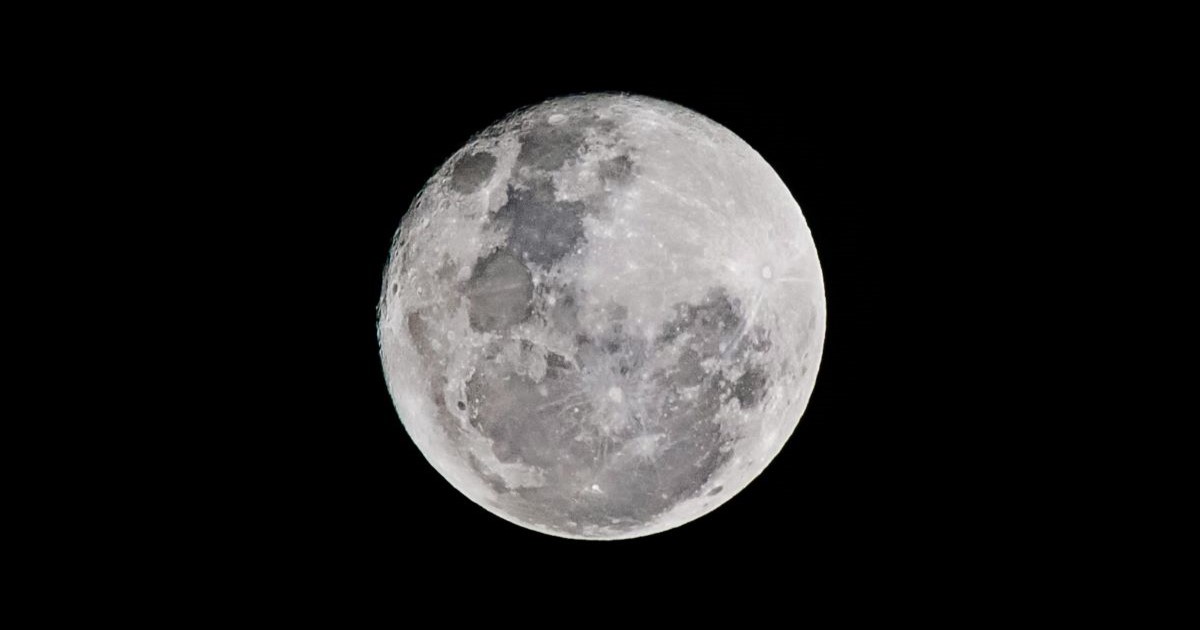
Pexels
When you look up at the Moon in our sky, it’s easy to imagine that that ever-present ball of rock that orbits our planet is just the dusty grey cratered landscape we’ve seen in photos.
It’s equally understandable if you think that the moon has looked and acted the way that it does now throughout its long history.
However, just like every other body in our solar system (and beyond!), the Moon has a long and eventful history.
And as new research published in the journal Icarus proves, little tell-tale signs on the Moon’s present have been waiting billions of years to be discovered.

Katharine Robinson and G. Jeffrey Taylor/Nature Geoscience
Just like our home planet, Earth, the Moon is thought to be around 4.5 billion years old.
But there’s nuance to that approximation. In fact, Earth is thought to be a little over 4.5 billion years, while the Moon is a little younger. In fact, many hypothesis suggest that the Moon was created by the debris of Theia, a large space body that collided with a very young Earth.
Stuck in Earth’s orbit, the Moon has had a tumultuous past – and we know this thanks to evidence collected by astronauts on the Apollo missions, who were surprised to collect shiny glass beads from all over the Moon’s otherwise grey and dusty surface.
When returned to Earth, these samples of less than 1mm each, glistened with history of the Moon’s turbulent geology, as Washington University, St. Louis’s Ryan Ogliore explained in a statement:
“The very existence of these beads tells us the moon had explosive eruptions, something like the fire fountains you can see in Hawaii today. They’re some of the most amazing extraterrestrial samples we have. The beads are tiny, pristine capsules of the lunar interior.”

Pexels
Interestingly, though the samples have been in Earthly repositories for decades, they have been waiting for technology to catch up.
Recent innovations and technological progress has now allowed the research team to fully understand what is going on inside the samples – which are made of volcanic glass, lava that rapidly cooled after eruption – as Ogliore continued:
“We’ve had these samples for 50 years, but we now have the technology to fully understand them,” Ogliore said. “Many of these instruments would have been unimaginable when the beads were first collected.”
So using equipment and expertise from Brown University and Washington University, St Louis – including atom probe tomography, scanning electron microscopy, transmission electron microscopy and energy dispersive X-ray spectroscopy – we now have a much deeper understanding of what these beads are, and how they ended up on the Moon’s surface.
And what the researchers found was astounding. The beads, which range from orange to black in color, contain various minerals and isotopes that prove not only are they all the result of volcanic eruptions, they are also from different volcanic eruptions, giving researchers minute details about the composition of 3.5 billion year old lava from inside the Moon’s core.
Thus, science has gained the most intimate understanding yet of our planet’s nightly-visiting, natural satellite.
If you thought that was interesting, you might like to read about the mysterious “pyramids” discovered in Antarctica. What are they?
Categories: NATURE/SPACE, SCI/TECH
Tags: · Apollo missions, geology, lunar beads, lunar mission, lunar surface, science, single topic, space, space exploration, space travel, the moon, top, volcanic glass, volcanoes, volcanology

